Penetration testing is a vital part of modern cybersecurity. It allows organizations to find weaknesses, strengthen defenses, and meet regulatory requirements. As cyberattacks grow more advanced, organizations must rely on pen tests to keep systems and sensitive data secure against real-world threats.
Penetration testing statistics show how widely these practices are adopted, which industries lead, and where gaps remain. This data helps businesses compare their security posture to peers, prioritize investments, and take proactive steps to reduce risks before attacks occur.
Key statistics at a glance:
- The global penetration testing market was valued at $1.7 billion in 2024 and is projected to reach $3.9 billion by 2029 (CAGR 17.1%).
- Web application testing accounts for 36% of all penetration tests, leading the market.
- Manual testing uncovered nearly 2,000 times more unique vulnerabilities than automated scans.
- Automated testing saved $1.68 billion in 2024, highlighting efficiency gains.
- AI-driven penetration testing adoption reached 80%, primarily for regulatory compliance.
- Large enterprises contribute 66% of market revenue, while SME adoption grows at 18.58% CAGR.
Global market overview penetration testing statistics
The penetration testing market is growing fast in 2025 as organizations focus more on cybersecurity and regulatory compliance. Below is a closer look at global and regional trends.
- Global market
The global penetration testing market was valued at $1.7 billion in 2024 and is projected to reach $3.9 billion by 2029, growing at a CAGR of 17.1% (as per MarketsandMarkets).
This surge reflects a shift in organizational priorities toward continuous security assessments, risk reduction, and protection of sensitive digital assets. Enterprises across industries are investing in both internal and third-party penetration testing to ensure robust defenses and reduce the likelihood of costly breaches.
- North America
North America remains the largest market, contributing 39% of 2024 revenue (according to Penetration Testing Market Size & Share Analysis, 2025-2030 report).
The region’s growth is fueled by strict federal regulations, mature cyber-insurance frameworks, and widespread adoption of penetration testing in sectors like banking, healthcare, and government. Organizations rely on regular pen tests to safeguard critical infrastructure, maintain customer trust, and meet compliance obligations.
- Asia-pacific
Asia-Pacific is the fastest-growing region, with a CAGR of 17.04% (as per Penetration Testing Market Size & Share Analysis, 2025-2030 report).
Expansion is driven by rapid fintech development, government-mandated audits, and the rise of emerging economies investing heavily in cybersecurity. Businesses in the region increasingly prioritize penetration testing to secure financial platforms, cloud services, and digital operations amid growing cyber threats.
- Europe
Europe shows steady growth, supported by GDPR and DORA regulations (according to Penetration Testing Market Size & Share Analysis, 2025-2030 report).
Telecom, banking, and manufacturing sectors lead demand, leveraging penetration testing to detect vulnerabilities in both legacy and modern systems. Pen tests help organizations ensure regulatory compliance, protect sensitive customer data, and maintain operational resilience in a complex threat landscape.
Testing type analysis statistics
Penetration testing is not a one-size-fits-all service. Different environments and application types require specialized approaches. In 2025, certain testing types dominate demand as businesses focus on securing their most critical assets, revealed Penetration Testing Market Size & Share Analysis, 2025-2030 report.
- Web application testing
Web application testing leads the market with a 36% share. The growth is driven by e-commerce platforms, SaaS solutions, and online portals where sensitive customer data and financial transactions occur.
Testing focuses on identifying vulnerabilities such as SQL injection, cross-site scripting (XSS), broken authentication, and insecure API endpoints. Organizations rely on web pen tests to ensure robust security for publicly accessible interfaces.
- Mobile application testing
Mobile penetration testing is experiencing rapid growth, with a CAGR of 19.23%. As banking, retail, healthcare, and enterprise services shift to mobile channels, the demand for mobile-specific security assessments rises.
Testing addresses issues like insecure data storage, weak encryption, broken authentication flows, and platform-specific threats on iOS and Android devices.
- Cloud and API testing
Cloud and API testing adoption is increasing steadily due to DevSecOps practices, microservices architecture, and hybrid cloud deployments.
Penetration tests evaluate API endpoints, authentication mechanisms, data transfer security, and misconfigurations in cloud setups. Organizations use these assessments to secure distributed applications and ensure compliance with regulatory frameworks.
AI and machine learning in penetration testing statistics
Penetration testing is increasingly leveraging AI and machine learning to enhance efficiency and coverage. Let’s look at the key trends driving this shift per Straits Research, 2025:
- Efficiency gains
AI-powered tools reduce testing time by up to 30%. They can analyze complex attack vectors, identify patterns in large datasets, and streamline repetitive tasks such as scanning, report generation, and vulnerability correlation.
This allows security teams to focus on high-value manual testing while maintaining continuous coverage across systems.
- Adoption drivers
Regulatory compliance remains a major factor in adopting AI-driven penetration testing solutions, with 80% of organizations citing it as a primary reason. Additionally, AI helps standardize testing procedures, reduce human error, and accelerate vulnerability detection, making it particularly appealing for enterprises in highly regulated sectors like finance, healthcare, and government.
Deployment models in penetration testing statistics
Now, let’s look at the penetration testing statistics related to deployment models and how organizations choose them based on control, efficiency, and compliance needs (as per Penetration Testing Market Size & Share Analysis, 2025-2030 report):
- On-premise testing
On-premise penetration testing retains the largest share of the market, as it allows organizations to maintain full control over their data and testing environment. Internal teams or third-party experts work within the company’s network, ensuring sensitive information never leaves the premises.
This model is particularly favored by highly regulated sectors like finance, healthcare, and government.
- Cloud-based testing
Cloud-based penetration testing is growing rapidly at 20.27% CAGR. It enables faster integration with DevSecOps pipelines, automated reporting, and scalable testing across distributed systems.
Organizations can quickly spin up testing instances, assess cloud-native applications, and leverage AI-powered scanning tools without managing complex local infrastructure.
- Hybrid delivery
Hybrid deployment combines on-premise and cloud-based testing to achieve both regulatory compliance and operational efficiency. Sensitive components remain tested in-house, while scalable or non-critical systems are assessed via cloud tools.
This approach allows organizations to optimize costs, maintain control over critical data, and still benefit from cloud agility and automation.
Organization size trends in penetration testing statistics
Penetration testing adoption varies significantly depending on organization size, reflecting different risk profiles, resource availability, and regulatory obligations. Here’s what’s evident from Penetration Testing Market Size & Share Analysis, 2025-2030 report:
- Large enterprises
Large enterprises dominate the penetration testing market, contributing around 66% of revenue. These organizations often run comprehensive red-team exercises, multi-layered code reviews, and integrate pentesting into extensive compliance programs.
The scale and complexity of their IT infrastructure, combined with regulatory requirements, make in-depth, manual penetration testing essential to protect critical assets and maintain operational resilience.
- Small and medium enterprises (SMEs)
SMEs show rapid adoption, growing at 18.58% CAGR. Penetration testing has become more accessible to smaller businesses through automated tools, template-driven assessments, and integration with cyber-insurance requirements.
Many SMEs adopt pentesting to meet partner mandates, safeguard sensitive customer data, and mitigate risks without the resources or in-house expertise of large enterprises.
Service delivery mode in penetration testing statistics
Organizations select service delivery modes for penetration testing based on expertise, operational needs, and compliance requirements. The choice affects coverage, testing depth, response speed, and overall risk visibility across applications and infrastructure, as evidenced by Penetration Testing Market Size & Share Analysis, 2025-2030 report.
- Managed service
Managed penetration testing services hold a dominant 72% market share. In this model, external specialists conduct assessments using advanced tools and frameworks while adhering to regulatory standards.
Managed services offer continuous vulnerability scanning, periodic red-team exercises, and independent validation of security controls.
Organizations benefit from expert insights without having to maintain specialized internal teams, ensuring consistent testing quality, quick adaptation to emerging threats, and detailed reporting aligned with compliance mandates.
- In-house teams
Internal penetration testing teams are growing at 21.37% CAGR. In-house teams allow organizations to maintain full control over sensitive systems and data, perform frequent assessments, and integrate testing directly into DevSecOps pipelines.
Teams can focus on company-specific risks, customize test cases for proprietary applications, and respond rapidly to new vulnerabilities, making this model ideal for highly regulated sectors or organizations with unique infrastructure.
Industry-wise penetration testing statistics
Penetration testing use differs across industries depending on regulations, cyber risks, and how much they rely on digital systems. Knowing these trends can help organizations plan security investments and prepare for potential threats, as clear from Penetration Testing Market Size & Share Analysis, 2025-2030 report.
- BFSI (banking, financial services, and insurance)
BFSI remains the largest segment, holding a 29% market share. Financial institutions face stringent regulations such as PCI DSS, DORA, and local banking compliance rules.
High transactional volumes, sensitive customer data, and exposure to digital payment channels make BFSI highly susceptible to attacks.
Penetration testing in this sector focuses on critical infrastructure, online banking portals, mobile banking apps, API security, and third-party integrations, ensuring both regulatory compliance and protection against financial fraud, data breaches, and ransomware attacks.
- Healthcare
Healthcare is the fastest-growing sector, expanding at 17.46% CAGR. Hospitals, telehealth platforms, and IoT-enabled medical devices handle vast amounts of sensitive patient data, making them prime targets for cyberattacks.
HIPAA compliance, electronic health record (EHR) systems, and interconnected devices require rigorous penetration testing of network architectures, client-server applications, and remote access systems. Tests also include simulated ransomware attacks, data exfiltration attempts, and API abuse checks to prevent operational disruptions and protect patient privacy.
- Other sectors
Manufacturing, retail, government, and education are increasing testing frequency due to ransomware threats, IoT adoption, and regulatory pressures.
Manufacturing focuses on industrial control systems and supply chain security, retail emphasizes e-commerce platforms and payment processing, government prioritizes critical infrastructure and citizen data, and educational institutions test networks, learning platforms, and remote access portals.
Across these sectors, penetration testing ensures that vulnerabilities in applications, endpoints, and IoT devices are identified and mitigated before they can be exploited.
Key drivers of penetration testing adoption
Penetration testing is expanding rapidly as organizations face increasingly sophisticated cyber threats and stricter compliance expectations. Let’s look at the key factors driving adoption in 2025, according to Penetration Testing Market Size & Share Analysis, 2025-2030 report:
- Rising cyber threats
Organizations are contending with a surge in ransomware attacks, large-scale data breaches, and complex multi-stage cyber intrusions. These threats exploit weaknesses across cloud, mobile, and on-premises systems.
The growing risk environment contributes approximately +3.2% to global penetration testing market growth, highlighting the critical role of frequent, comprehensive security assessments in protecting sensitive data and operational continuity.
- Regulatory mandates
Regulations across industries mandate regular penetration testing to ensure organizational resilience. HIPAA requires annual security assessments in healthcare, FedRAMP 2024 provides guidance for federal cloud service providers, and PCI DSS 4.0 introduces 63 new control statements.
These requirements drive approximately +4.1% of market CAGR, making penetration testing essential not only for security but also for compliance and audit readiness.
- Cloud, mobile, and API shifts
Modern infrastructures increasingly rely on cloud services, mobile applications, and API-driven platforms. These technologies introduce new attack surfaces, where misconfigurations, weak authentication, or exposed endpoints can create vulnerabilities.
Penetration testing ensures organizations maintain secure configurations, validate access controls, and detect gaps in these dynamic environments before they are exploited.
- Insurance and partner requirements
Cyber-insurance providers and enterprise partners now often mandate penetration testing before underwriting or collaboration. Conducting these tests reduces exposure to liability and can deliver up to 15% savings on premiums.
It also demonstrates to partners that the organization maintains robust security controls, strengthening trust and contractual compliance.
Penetration testing’s cost implications and ROI
Penetration testing offers measurable financial benefits by reducing the risk of costly cyber incidents and optimizing security investments. Here’s how organizations gain value according to Straits Research:
- Preventive investment reduces breach costs
Conducting regular penetration tests helps organizations identify and remediate vulnerabilities before attackers exploit them. By preventing high-impact breaches, companies avoid potential losses from downtime, regulatory fines, and reputational damage.
The cost of proactive testing is significantly lower than the potential financial impact of an unmitigated cyberattack.
- SMEs benefit from PTaaS
Small and medium-sized enterprises can leverage Penetration Testing as a Service (PTaaS) to access continuous security assessments at a fraction of traditional testing costs.
PTaaS provides automated scans, reporting dashboards, and expert guidance, allowing SMEs to maintain compliance, monitor evolving threats, and reduce financial exposure without the need for large in-house security teams.
Penetration testing challenges and opportunities
It is important to look at the challenges and opportunities in penetration testing to understand market dynamics and emerging trends. Below are the key statistics shaping this space, as per Global Growth Insights:
- Challenges
Organizations often struggle with a shortage of skilled penetration testers, with 33% citing this as a major hurdle. Simulating realistic, multi-stage attacks remains difficult for 25% of companies, while 18% report integration issues with existing security tools.
These challenges can delay testing cycles, reduce coverage, and limit the effectiveness of vulnerability detection.
- Opportunities
Emerging solutions are reshaping penetration testing. Cloud-based platforms, PTaaS, and AI-powered tools enable automated and continuous assessments, with 22% of upgrades driven by AI and 40% growth in continuous testing adoption.
DevSecOps integration (37%), API testing (29%), and advanced automation for business logic flaw detection (28–31%) further enhance testing efficiency, speed, and accuracy.
- Impact
These advancements help organizations mitigate cyber risks more effectively (46%), accelerate incident response (38%), and support stronger security policies (29%). By embracing new technologies and methodologies, penetration testing not only addresses current gaps but also prepares enterprises for evolving threats in 2025 and beyond.
How AppSecure helps minimize organization-wide risks
Penetration testing requires deep expertise, a clear understanding of industry-specific risks, and the ability to simulate realistic attacks without disrupting operations. AppSecure helps organizations achieve this with a comprehensive, tailored approach. Here’s how:
- Industry-specific penetration testing
AppSecure designs tests that reflect the unique threat landscape and regulatory obligations of each sector. For example, financial institutions face strict requirements under DORA and PCI DSS, while healthcare organizations must comply with HIPAA mandates.
By tailoring assessments to sector-specific risks, AppSecure ensures vulnerabilities are identified in real-world contexts, from local client applications to cloud APIs, helping organizations prioritize remediation based on business impact.
- Red-team simulations
Red-team exercises replicate sophisticated attack scenarios to evaluate an organization’s readiness against advanced threats. AppSecure leverages multi-stage simulations, combining social engineering, network exploitation, and application-level attacks.
This approach reveals gaps in detection, response, and internal controls, providing actionable insights that go beyond traditional vulnerability scanning and highlighting the practical effectiveness of defenses under live-attack conditions.
- Compliance-driven audits
AppSecure ensures that penetration tests align with relevant regulatory frameworks, including HIPAA, PCI DSS, ISO 27001, and DORA. Every test is structured to map findings against compliance requirements, producing audit-ready reports that not only highlight security weaknesses but also support regulatory reporting.
This integration helps organizations maintain compliance while strengthening overall security posture.
- Incident response readiness assessments
Beyond finding vulnerabilities, AppSecure evaluates how effectively internal teams detect, respond, and recover from security incidents.
By simulating breaches and measuring response times, communication efficiency, and remediation procedures, the firm helps organizations prepare for real-world threats and reduce potential operational impact.
- Continuous improvement guidance
After testing, AppSecure provides detailed, prioritized recommendations for strengthening defenses. These include secure coding practices, configuration hardening, patch management, and strategic investment in monitoring and automation tools.
By aligning guidance with evolving threat trends, organizations can continuously enhance resilience and reduce exposure to emerging cyber risks.
Leverage penetration testing insights to strengthen security in 2025
Penetration testing is more than a technical exercise, it is a strategic tool for understanding vulnerabilities, measuring risk, and guiding cybersecurity investments. The statistics from 2025 show rapid growth in adoption across industries, deployment models, and testing types, highlighting where organizations focus their efforts and where gaps remain.
By analyzing these trends, businesses can benchmark their security posture, prioritize investments, and ensure compliance with evolving regulations. Insights from penetration testing also help teams respond faster to threats and adopt best practices across applications, networks, and cloud systems.
At AppSecure, we offer industry-specific penetration testing, red-team simulations, and compliance-driven audits to help organizations act on these insights. Connect with us today to transform penetration testing data into actionable security strategies and strengthen defenses against emerging cyber risks.
FAQs
- Which industries benefit most from penetration testing?
Industries handling sensitive data, like finance, healthcare, government, and large enterprises, benefit most due to regulatory requirements and high-risk operations.
- Can AppSecure test both on-premise and cloud applications?
Yes. AppSecure assesses on-premise systems, cloud deployments, and hybrid environments to ensure comprehensive security coverage.
- How does AppSecure simulate real-world attacks?
Through red-team exercises and controlled penetration tests, AppSecure replicates advanced attack scenarios safely to identify vulnerabilities.
- Will penetration testing affect live production systems?
No. Tests are conducted in secure environments or with production-safe methods to prevent disruption of live operations.
- What deliverables do organizations receive after a penetration test?
Appsecure clients receive detailed reports including vulnerability findings, risk ratings, actionable remediation steps, and compliance guidance for improved security posture.

Ankit Pahuja is a B2B SaaS marketing expert with deep specialization in cybersecurity. He makes complex topics like EDR, XDR, MDR, and Cloud Security accessible and discoverable through strategic content and smart distribution. A frequent contributor to industry blogs and panels, Ankit is known for turning technical depth into clear, actionable insights. Outside of work, he explores emerging security trends and mentors aspiring marketers in the cybersecurity space.


.png)















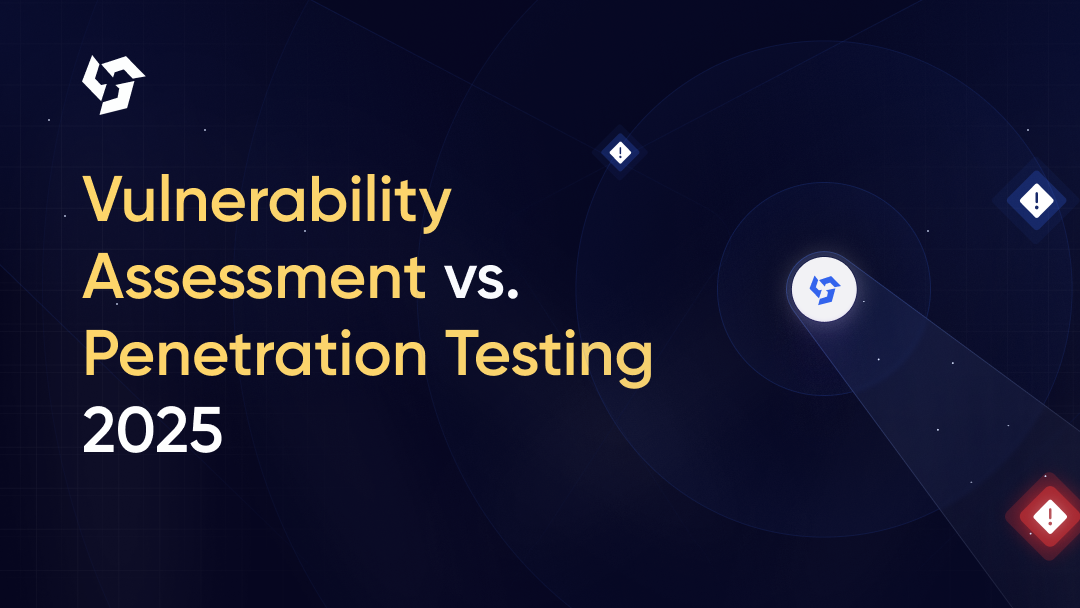

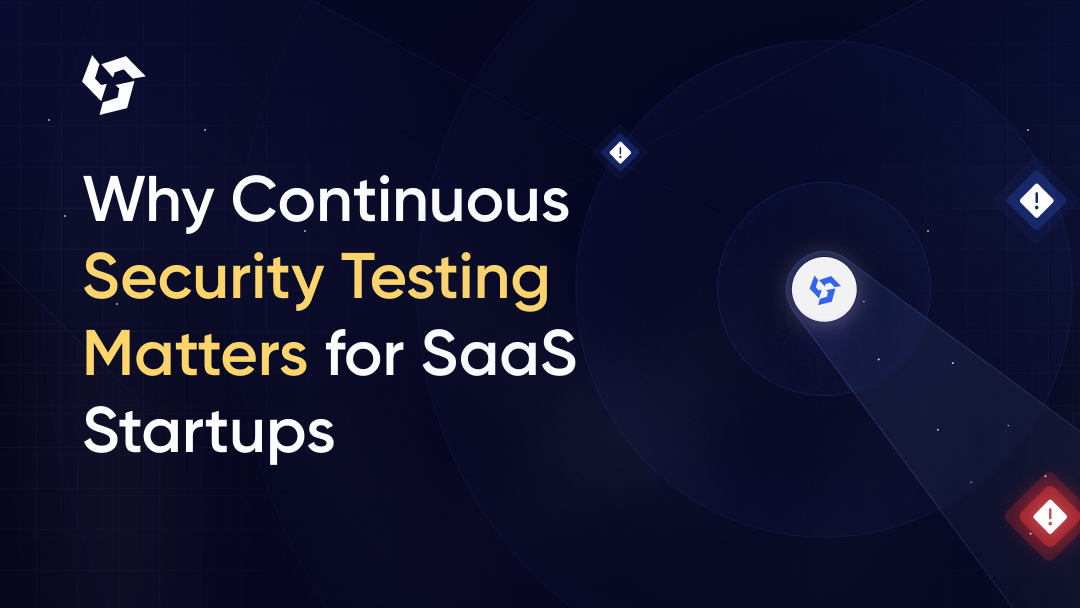




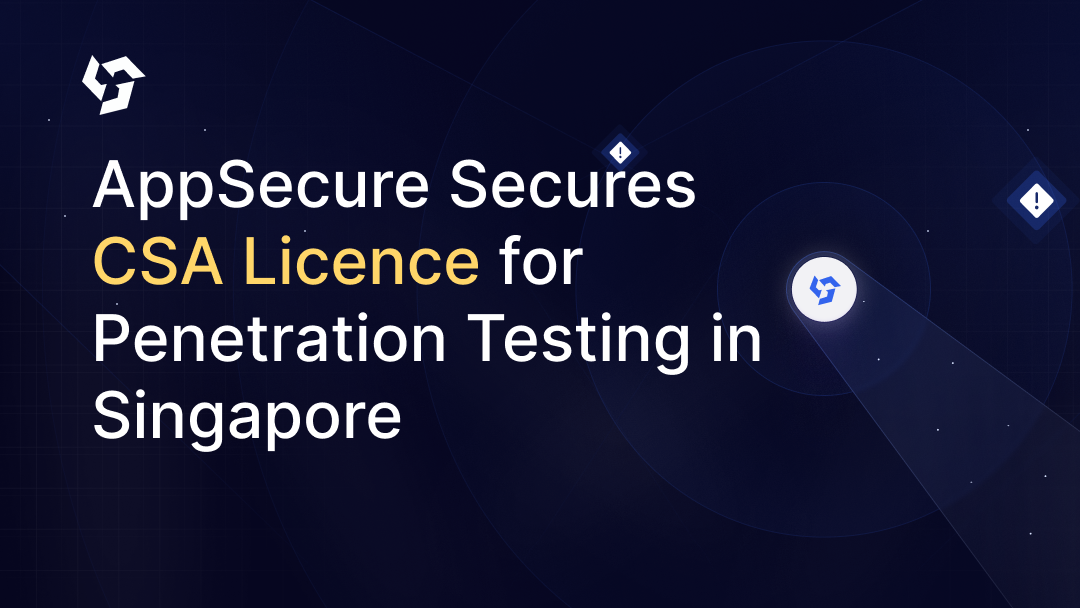
.png)

.png)
.png)
.png)
.png)
.png)
.png)

.png)
.png)
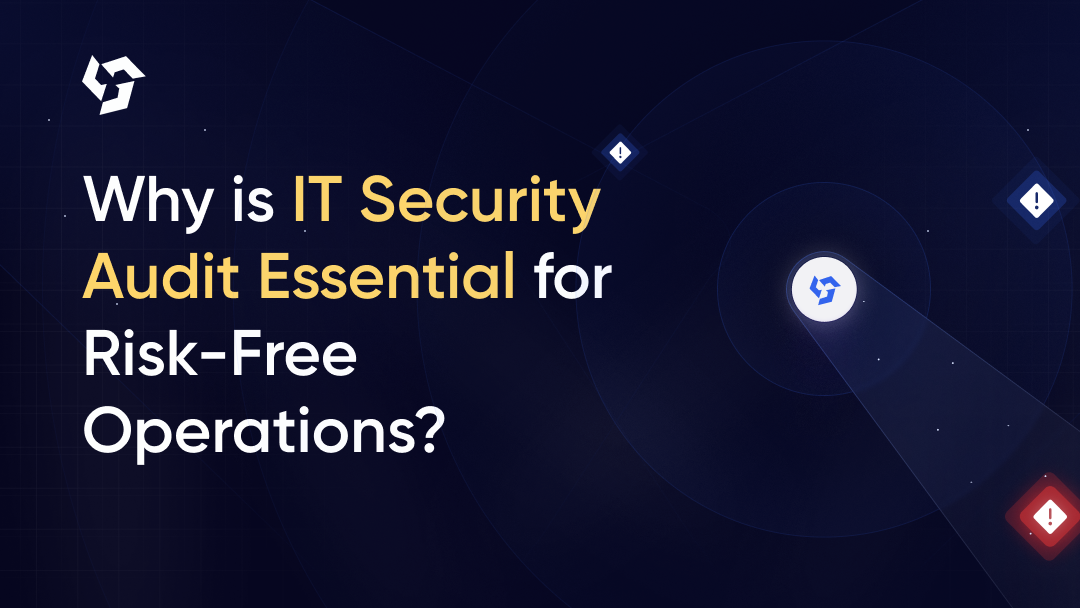


.png)


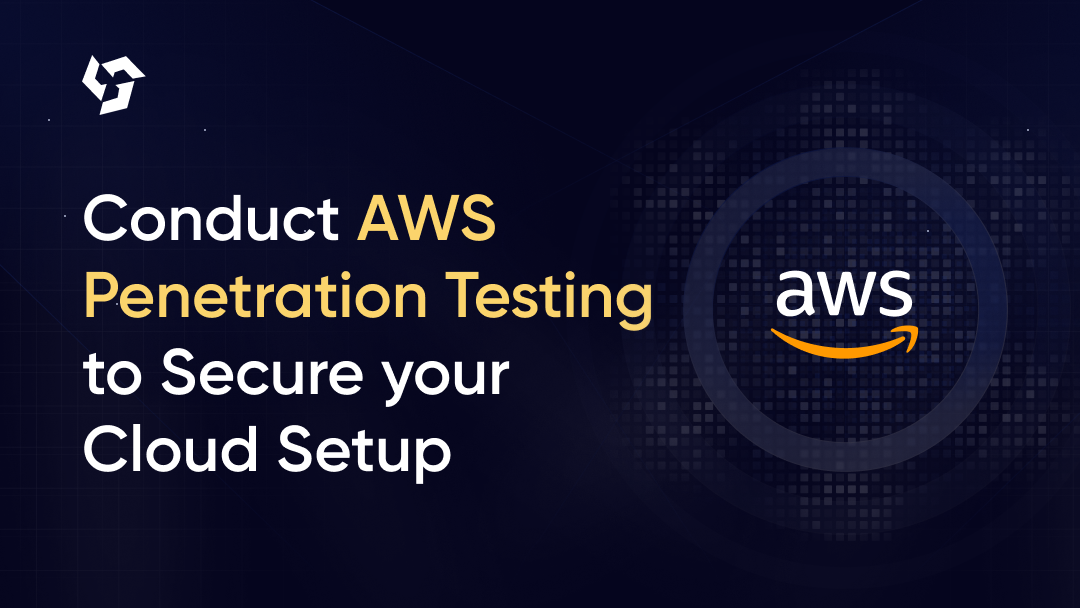

.png)
.png)
.png)
.png)

.png)
.png)
.png)

.png)
.png)
.png)
.png)
.png)

.png)









.webp)





.webp)


.webp)

.webp)



.webp)
.webp)
.webp)
.webp)













.webp)
